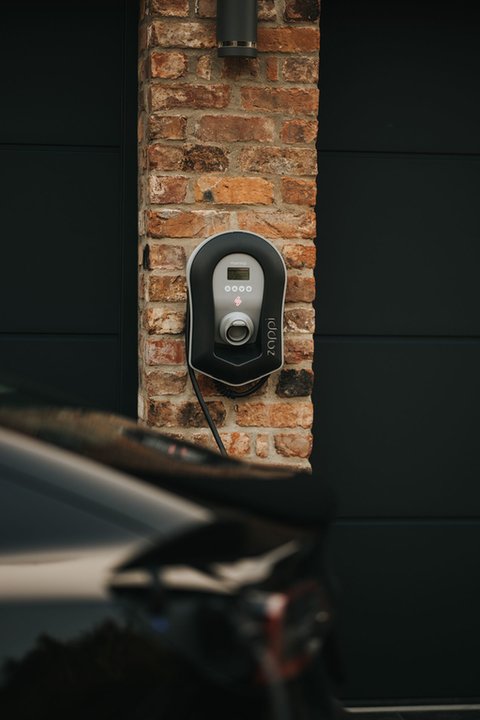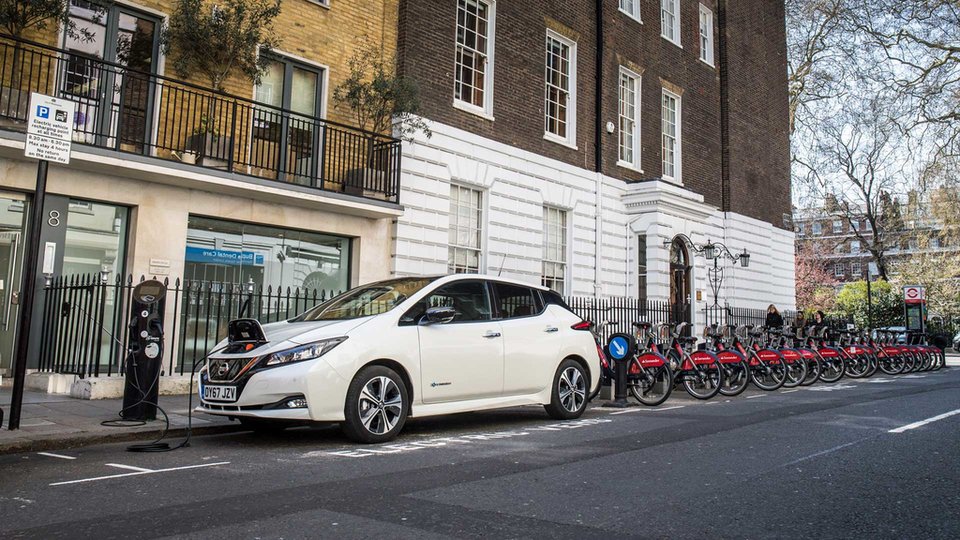
Electric vehicle charging will remain a mixed economy
In this section, myenergi discusses the latest in charging technology.
Continue reading

Tom Callow, Head of External Affairs, myenergi
If you get talking to someone working in the electric vehicle charging industry, there’s a good chance they’ll tell you why their solution is the key to supporting the mass adoption of electric vehicles.
It’s worth saying that I use the term ‘supporting’ and not ‘enabling’ very deliberately since the mass adoption of electric vehicles is now absolutely inevitable. We have just surpassed the one millionth EV registration in the UK, and their growth remains unstoppable – as is illustrated by the incredibly long lead times you’re now in for, should you order a new one!
When it comes to the infrastructure, though, there are no silver bullets – but the good news is that we don’t need any. Electric vehicle charging is and will remain, a mixed economy of various formats and solutions supporting a wide range of diverse requirements.

"When it comes to the infrastructure, though, there are no silver bullets – but the good news is that we don’t need any. Electric vehicle charging is and will remain, a mixed economy of various formats and solutions supporting a wide range of diverse requirements."
Tom Callow, Head of External Affairs, myenergi
Unlike the refuelling of petrol and diesel cars, which must necessarily take place in a regulated and dedicated location (namely, a petrol forecourt) for reasons relating to logistics and safety, electric vehicle charging is comparatively unlimited in its potential to be more distributed, both in location, format and delivery. As I’ve always said: it’s a case of different speeds for different needs.
Even for internal combustion engine cars used in very different ways (e.g. very low mileage and very high mileage), the observed refuelling behaviour is pretty similar. A low mileage ICE car will clearly visit a forecourt far less often than a high mileage ICE car, but in terms of user behaviour, one involves more frequent, short visits to the same type of place, with the fuel being delivered at a similar speed. Where the driver lives and where their car is parked makes little to no difference.
The observed charging behaviour can be vastly different for electric vehicles in very different ways. And much of that is down to where the driver lives and where their car is parked, and how it can be charged.
The average EV driver will not need to charge every day. Most new electric cars can handle around ten days of average use. For higher mileage drivers, they will, of course, need to charge more often, which shouldn’t be a problem for anyone with off-street parking since even the largest of electric car batteries will be fully or virtually fully charged with an overnight 12-hour charge on a standard 7.4kW home charge point.
Higher mileage drivers reliant on the public charging network may face more of a challenge unless they have reliable regular access to a nearby charge point for similar overnight charging or can gain sufficient mileage on shorter but faster top-ups using ultra-rapid chargers.
It’s worth highlighting that this cohort of drivers is expected to make up a very small proportion of the overall population. Field Dynamics, one of the companies with the best data in this area, suggests that about 5% of EV drivers by 2030 will be high-mileage drivers who park on the street.
Unlike the homogenous behaviour refuelling, the charging options for high mileage drivers without home charging will be various, including on-street residential charging, off-street ultra-rapid charging hubs, and potentially also what’s known as community charging, where they are permitted to use the home charge point of someone in the local area.

None of these options will work for every driver and every use case, so having a plethora of solutions available will be critical in supporting mass adoption and allowing drivers to choose the best option to suit them.
This choice is also helpful for the grid. However, too much bias towards either end of the charging spectrum would be potentially unhelpful. For example, if everyone was able to charge at home, we probably wouldn’t want them to, even with the inevitable diversity, given that not everyone would need to charge every day, or at the same time and so on. Similarly, if nobody could charge at home, it would be difficult for the public charging network to cope, especially if there was a bias towards faster charging.
But having rapid and ultra-rapid charging taking place during the day, before the evening peak, and smart home charging happening overnight when there has often historically been a surplus of renewable energy with insufficient demand to keep it running feels like a healthy balance.
A mixed economy of charging also delivers competition and ensures that customers have a choice when it comes to the cost of charging, too. For example, while some companies may be willing to pay typically higher prices for faster charging for their fleets and company car drivers, some private drivers may be more price-conscious and seek out lower cost – potentially even free-to-use (for now!) – public charge points.
It is also for this reason that gloomy headlines about the cost of rapid charging as slightly misleading since most EV drivers using public charge points are likely to engage in a blend of charging behaviour – perhaps we should call this ‘hybrid’ charging, like ‘hybrid shopping’ – rather than being reliant on one form of public charging alone.
As we look ahead to 2030 and beyond, this varied landscape will persist. By then, there will be several million home charge points installed, as well as several hundred thousand public charging points. And let’s not forget workplace charging. For many drivers, their workplace could become their most regular charging location and another important part of the mixed economy of EV charging.
